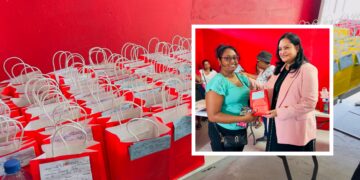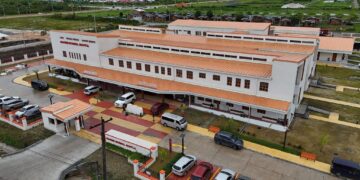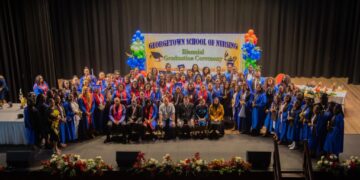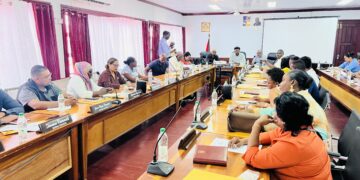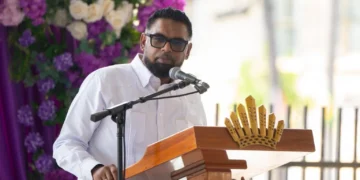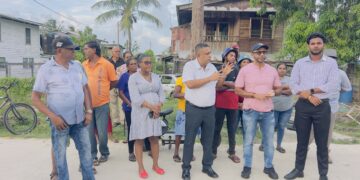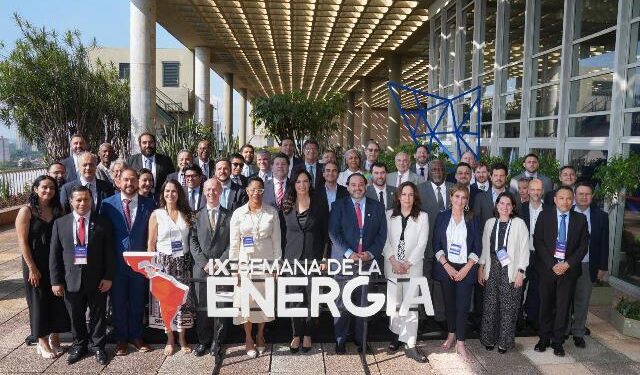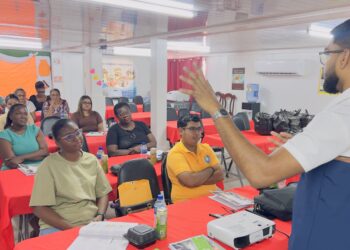Prime Minister Brigadier (Ret’d) Mark Phillips reaffirmed Guyana’s commitment to sustainable energy development and the nation’s clean energy transition at the 54th Meeting of Ministers of the Latin American Energy Organization (OLADE) in Asunción, Paraguay. Addressing regional leaders, Prime Minister Phillips highlighted Guyana’s Low Carbon Development Strategy (LCDS) 2030 as the cornerstone of the country’s energy vision, aimed at balancing rapid infrastructure growth with environmental sustainability.
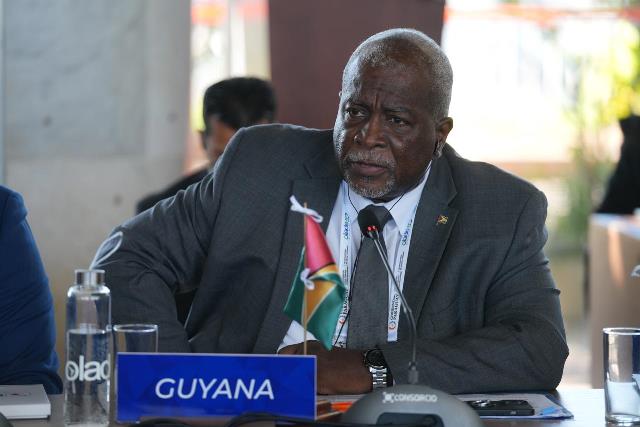
Since Guyana’s major oil discovery in 2015, the country has worked to expand its energy infrastructure while reducing reliance on fossil fuels. The Prime Minister emphasized that the Government’s energy strategy focuses on diversifying energy sources, ensuring accessible and reliable power for all Guyanese, and maintaining low emissions.
“Our journey to achieve a low-carbon economy and advance the transition away from conventional energy sources has been steady, with significant progress,” Phillips noted, underlining Guyana’s shift toward renewable energy through solar, hydro, wind, biomass, and natural gas integration.
A major component of Guyana’s energy strategy is a 300 MW combined cycle gas turbine power plant, supported by a 200km subsea pipeline. The project, scheduled for completion in 2025, represents the largest investment in Guyana’s electricity sector to date and is projected to reduce emissions from electricity generation by 70% and energy costs by 50%. Additional projects, including a proposed 250 MW combined cycle gas power plant and a 6,000-barrel-per-day natural gas liquid facility, aim to further strengthen Guyana’s energy infrastructure.
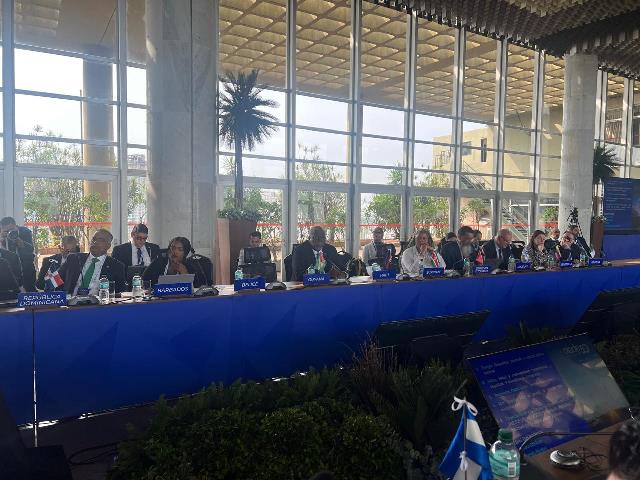
Prime Minister Phillips also announced plans for a 165 MW hydropower plant, to be developed under an independent power producer model, underscoring the Government’s commitment to an expanding renewable energy portfolio.
Progress in solar energy has been significant, with a 224% increase in solar power capacity from 2020 to 2024 through investments in photovoltaic (PV) technology, mini-grids, and utility-scale solar farms. Installed renewable capacity now stands at 17.37 MW, with an additional 46.4 MW expected in the next three years. These solar expansions target energy access improvements in off-grid and hinterland areas through solar installations and micro-grid initiatives.
The Government has also introduced tax exemptions for electric vehicles (EVs) and set up six public EV charging stations, promoting sustainable transportation across the nation. Prime Minister Phillips highlighted this effort as part of a larger push toward e-mobility and energy conservation. Additionally, the Government’s LED Lighting Project has helped reduce the nation’s carbon footprint by replacing inefficient lighting in homes, businesses, and public buildings with over 63,000 LED bulbs.
During the OLADE session, Prime Minister Phillips underscored the role of regional partnerships and international collaboration in advancing clean energy and climate resilience across Latin America. “The Government of Guyana reiterates our valued relationships with regional and international partners and will continue to support and promote clean energy development,” he said.
The International Renewable Energy Agency (IRENA) showcased its support for Guyana’s Solar City Simulator project during the meeting. This initiative, led by the Guyana Power and Light (GPL), provides a web-based tool to help households, businesses, and local authorities explore rooftop solar PV options.
The 54th Meeting of Energy Ministers forms part of IX Energy Week, taking place in Asunción from October 28 to November 1, 2024.









